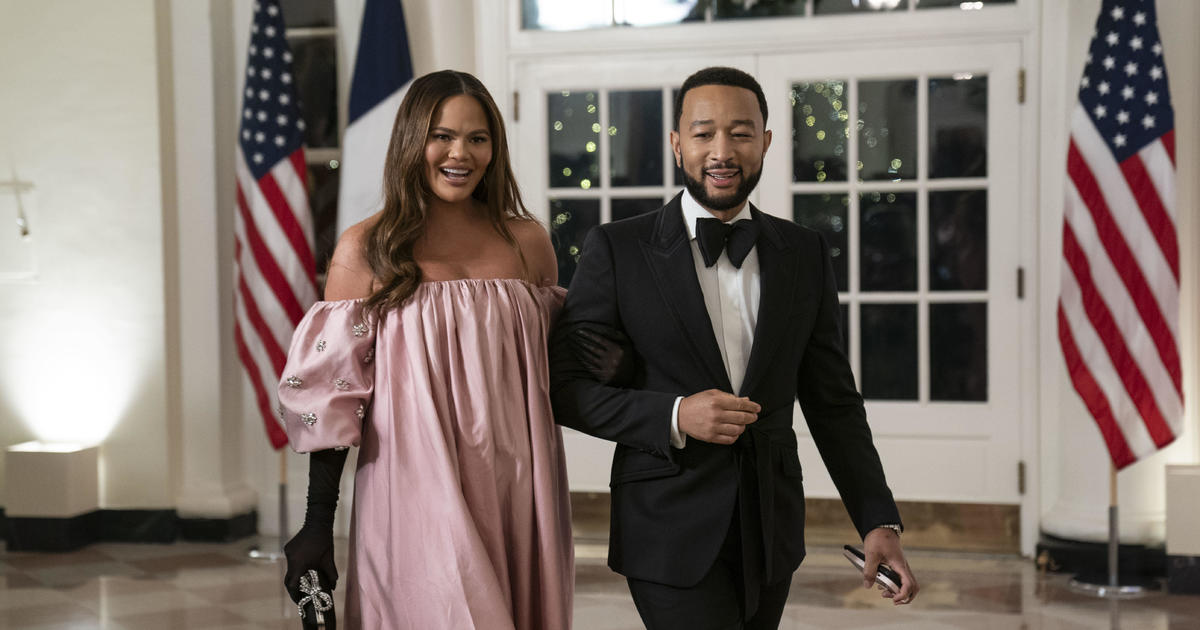Russian Oligarch Dmitry Rybolovlev Takes on Sotheby’s in New York Court Battle
The new year has barely started, and already a court case has begun that could have lasting effects on how business is done in the shadowy corners of the secondary market.
Dmitry Rybolovlev, a Russian oligarch who Forbes ranks as the 428th richest man in the world, is suing Sotheby’s, which his lawyers say served as an accomplice to the Swiss art adviser and dealer Yves Bouvier. Rybolovlev claims that Bouvier overcharged him for some 38 works of art by $1 billion dollars. Jury selection for the case began on Monday, with a trial expected to kick off in the coming days.
The crux of the matter lies in the designation Bouvier gave himself. According to Rybolovlev, Bouvier presented himself as an art adviser who was working for the oligarch to fetch the best price for works. In reality, Rybolovlev’s lawyers say, Bouvier served as both adviser and art dealer in many of his transactions.
In 2013, Rybolovlev purchased Amedeo Modigliani’s sculpture Tête for $83 million. In that transaction, Rybolovlev believed Bouvier to be his art adviser, which meant that it was Bouvier’s job to make the sale happen. According to court documents, Bouvier said $83 million was the lowest the seller was willing to go for the Italian artist’s sculpture.
All the while, Bouvier was himself the seller, court documents say. But Rybolovlev’s lawyers claim he wasn’t privilege to that information, and that because of it, he lost millions of dollars multiple times over.
Rybolovlev’s lawyers claim that Sotheby’s helped Bouvier defraud Rybolovlev by bulking up valuations for work, thus helping disguise Bouvier’s inflated prices and double-crossing. A spokesperson for the auction house told ARTnews that “Sotheby’s strictly adhered to all legal requirements, financial obligations, and industry best practices during the transactions of these artworks. Any suggestion that Sotheby’s was aware of the buyer’s alleged misconduct or intention to defraud Mr. Rybolovlev is false.”
The Modigliani is just one of the four artworks in question during the trial. René Magritte’s Le Domaine d’Arnheim (1962), Gustav Klimt’s Wasserschlangen II (1907), and Leonardo da Vinci’s Salvator Mundi (ca. 1500) also figure in the case. In 2017, Salvator Mundi became the most expensive artwork in the world when it sold at Christie’s New York in 2017 for $450.3 million.
Four years before the crowds went into rapture over the sale at that November, in March 2013, Rybolovlev was mulling over the purchase of Salvator Mundi, which was then only valued at eight figures. According to the New York Times, a Sotheby’s representative named Samuel Valette, who helped Bouvier price works for Rybolovlev, was interested. Valette had a look at Salvator Mundi in a Central Park West apartment with both Rybolovlev and Bouvier.
Weeks later Bouvier, in an email to Rybolovlev’s assistant, Valette said Salvator Mundi’s then-owner had rejected offers from $90 million to $125 million. The golden number was $127.5 million. Judge Jessie Furman, who is presiding over the case, has since concluded that those negotiations never took place.
However, according to court papers Bouvier bought Salvator Mundi through Sotheby’s on May 2, 2013. The next day, he sold it to Rybolovlev for the $127.5 million they’d discussed. Two years later, in 2015, Rybolovlev began to question his relationship with Bouvier and asked for a valuation from Sotheby’s.
An auction house employee hesitated over valuing the picture at $125 million, a suggestion that allegedly came from Valette. Instead, the value was pegged at $114 million. According to Judge Furman, Valette also asked his colleague to delete any reference to Bouvier buying the picture back in 2013.
Bouvier is not a defendant in the case. But his dealings with Rybolovlev and Sotheby’s have the potential to bring to light a litany of processes that in other industries could constitute a breach of compliance and ethics rules.



